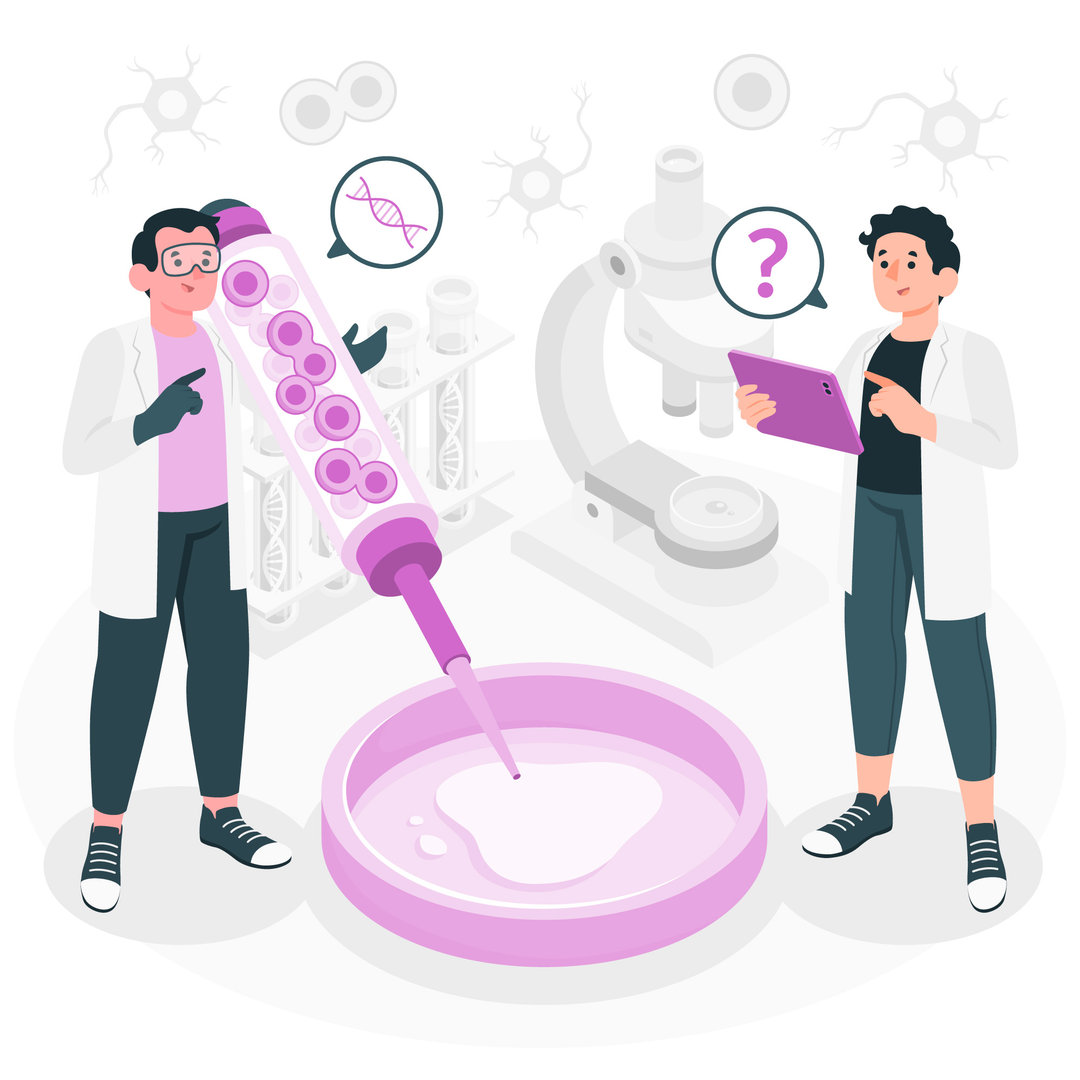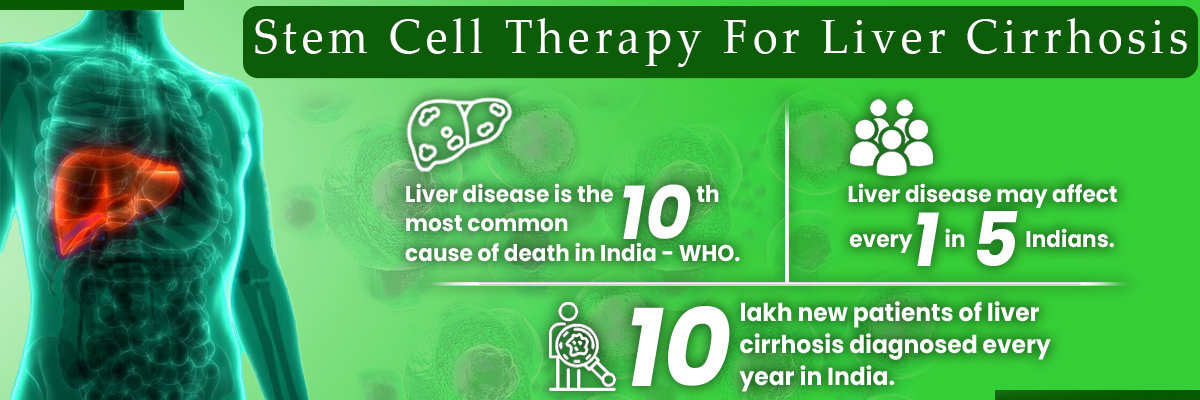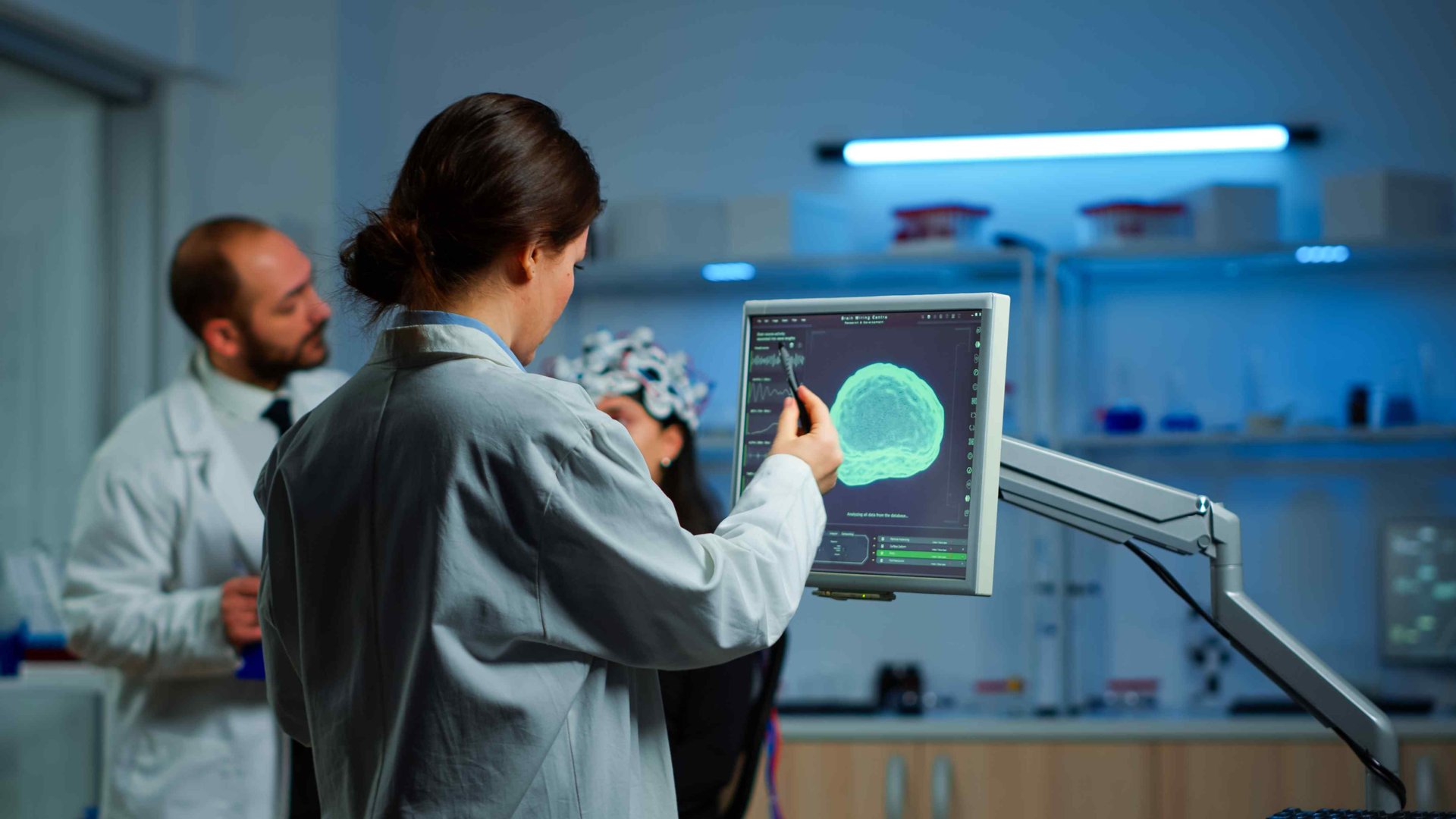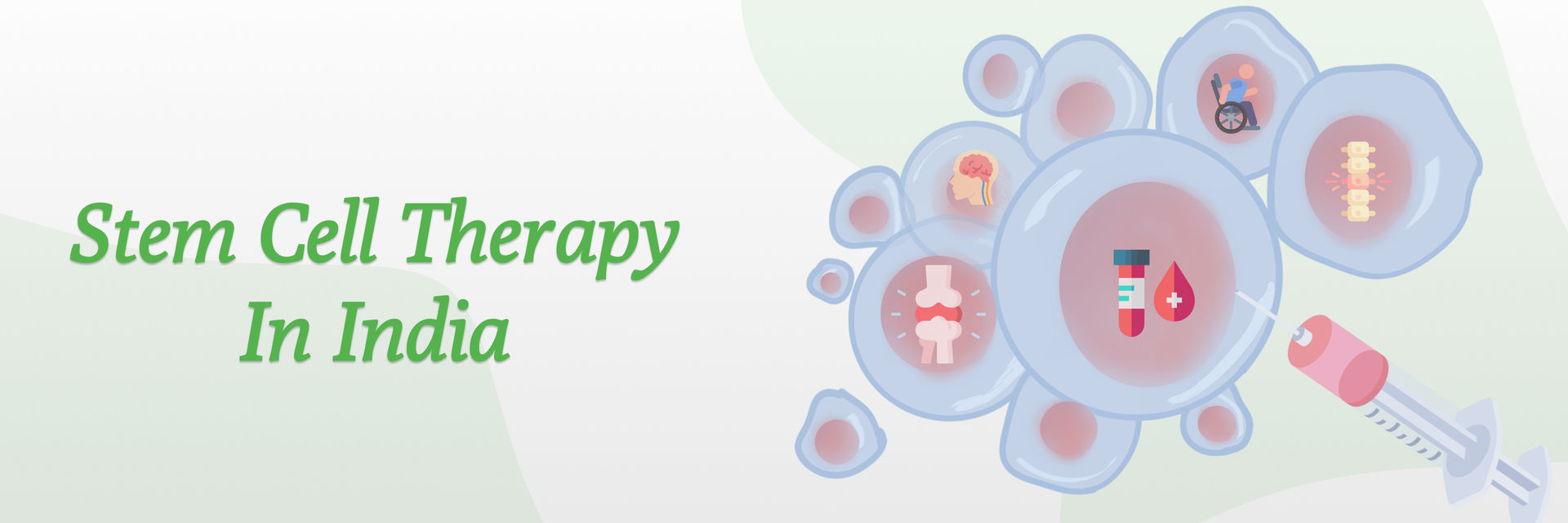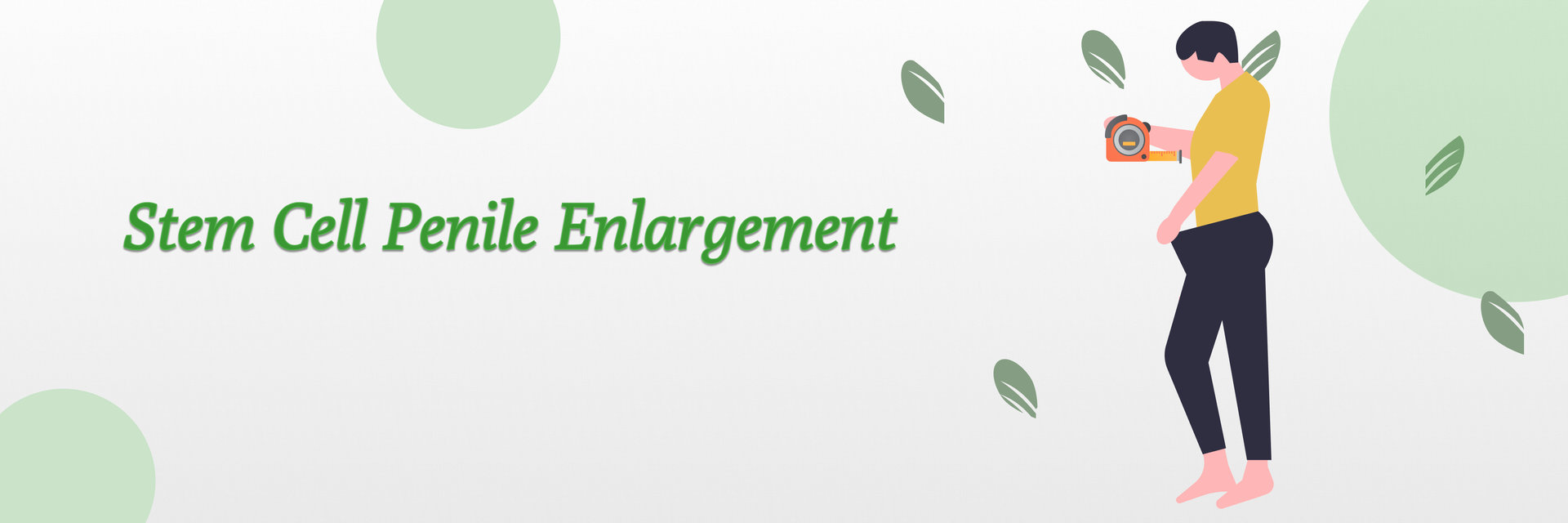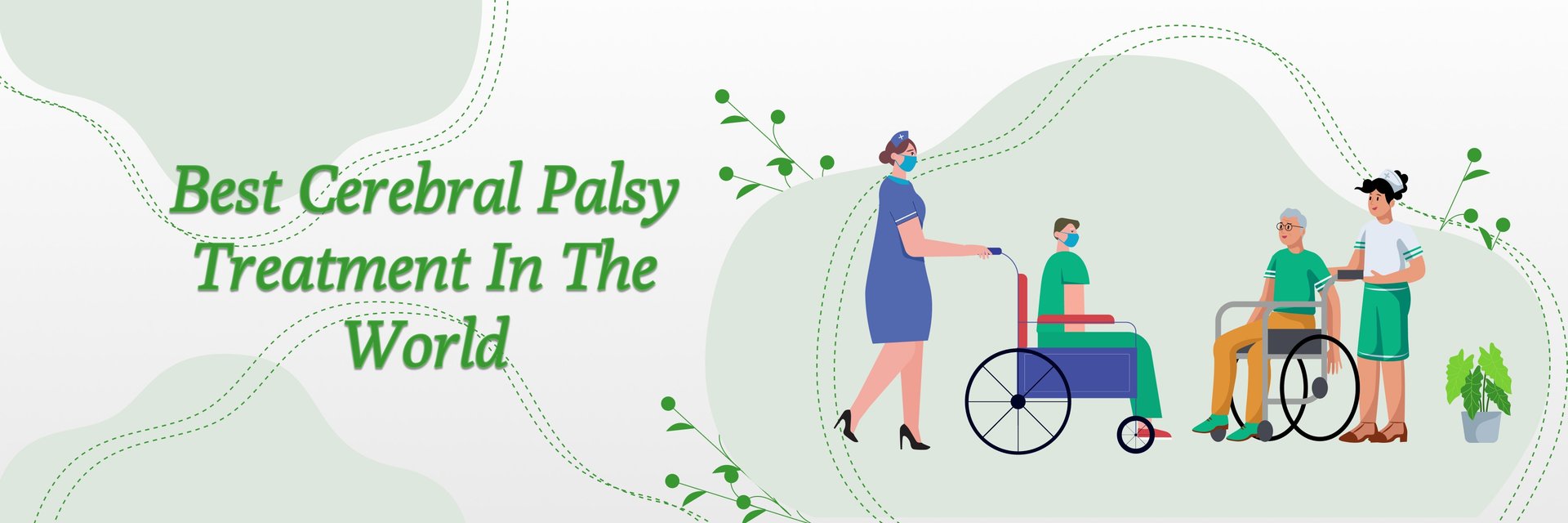Introduction
Heart disease in the present era is among the leading causes of death globally, and each one of us knows someone in our family or circle of friends who has experienced a heart attack or long-term heart problems. Cardiovascular disease is not a single disease; it's a catch-all term under which ischemic heart disease, congestive heart failure, myocardial infarction, and numerous other disorders fall that impact cardiovascular health. The scary part is that when the heart muscle gets damaged, like after whatever causes heart attacks, the muscle itself does not heal. That causes a lot of chronic symptoms of heart failure, such as shortness of breath, fatigue, puffiness, and reduced left ventricular ejection fraction, which basically means the heart's ability to pump blood slows down. The traditional treatment of heart disease through medication, surgery, and dietary changes may prove useful, but these tend to manage the condition and not eradicate it. This is where stem cell therapy of cardiac healing comes as the new hope in life for people with congestive heart disease and other causative factors. Connect with the best medical professionals to learn in-depth about stem cell treatment in cardiac diseases.
(LEAD FORM)
Understanding Heart Damage
If we want to understand why stem cell therapy has received so much attention, we first need to look at what really happens in the heart when there is a heart condition. When one suffers from a myocardial infarction, a heart attack, blood flow to a portion of the heart stops because there is a coronary artery blockage. That denies the heart muscle oxygen, and cells in that area die. Over time, the damaged area develops into scar tissue, which neither relaxes nor contracts like normal muscle. Because of that, patients experience increasing symptoms of heart failure, reduced endurance, water buildup in the lungs, and even irregular heart rhythms. The more severe the damage is, the more severe the condition, and congestive heart failure treatment is a constant struggle. The worst is the vicious cycle.
Those with a pre-existing ischemic heart disease or a background of congestive heart failure are also at risk of developing another attack. The heart continuously becomes weaker, and patients then develop heart problems, including walking difficulty, leg swelling, and ongoing fatigue. There are also treatments for congestive heart failure, like ACE inhibitors, beta blockers, diuretics, or even bypass or transplant surgery on the heart, but these are also only usually managing damage and not rebuilding the muscle. So scientists were left wondering: what if we could regrow the heart tissue itself?
What Are Stem Cells?
Stem cells are more like the raw material of the body. They are cells that can be changed to other types of cells if necessary. Unlike normal heart muscle cells, which are not able to easily divide and reproduce themselves, stem cells can keep dividing and can develop into specialized cells like cardiac muscle, vessel lining, or supporting cells. This capability has opened the door to a new technique for heart disease therapy that is not only aimed at symptom control but potentially even at reversing myocardial infarction or chronic congestive heart failure damage. If one is considering stem cell therapy as a viable treatment option, then one can book an online doctor consultation on our platform in just minutes.
Scientists have examined various types of stem cells, including those derived from bone marrow, fat tissue, and the umbilical cord, as well as induced pluripotent stem cells (iPSCs), which are essentially reprogrammed adult cells into stem-like cells. The hope is that by injecting them into damaged portions of the heart, they can heal the tissue, improve blood flow, and enhance the left ventricular ejection fraction. Many clinical trials have attempted these ideas with varying degrees of success.
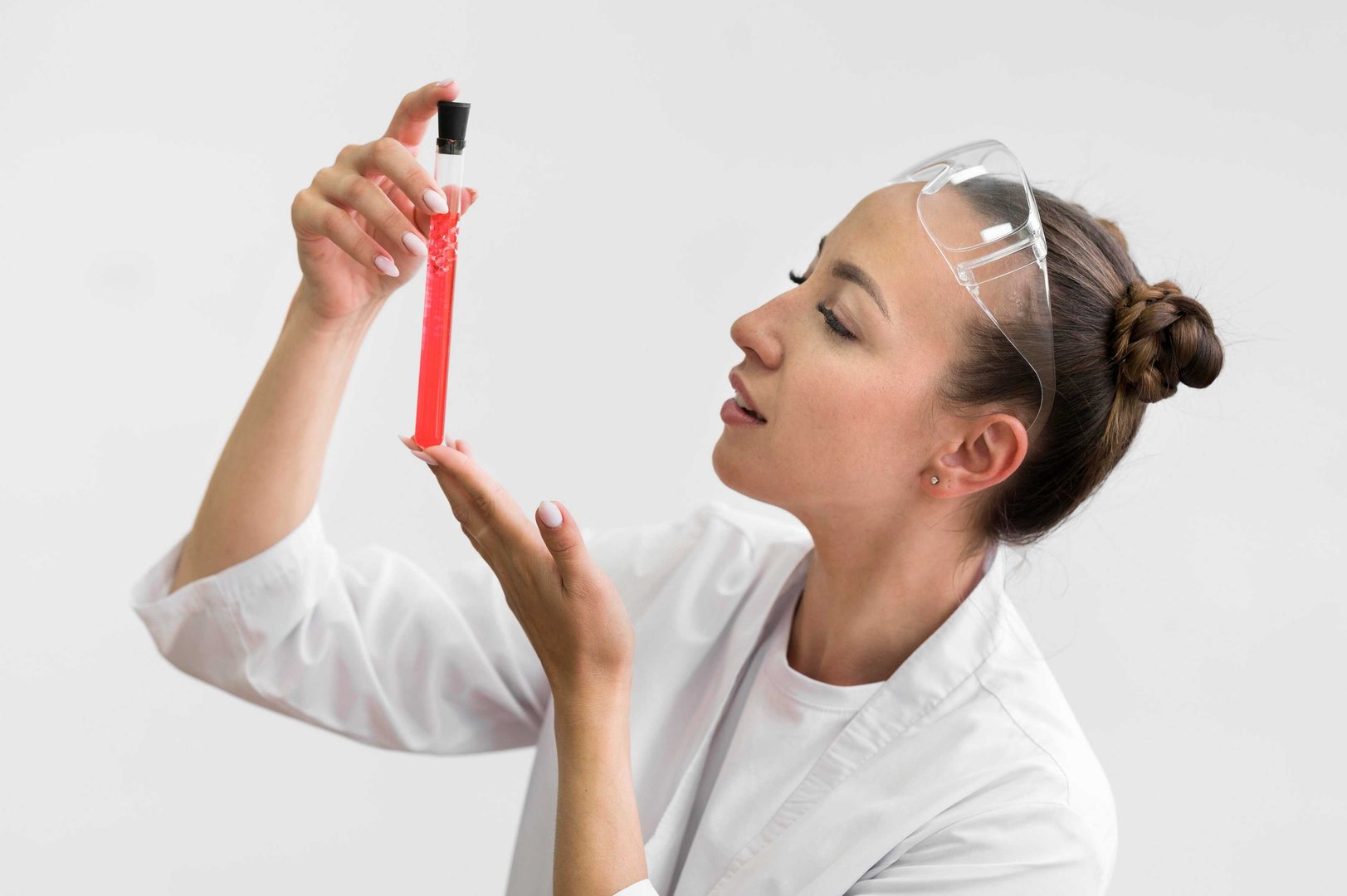
How Stem Cells Heal The Heart
So how, exactly, can stem cells heal the heart? The overall idea is that when stem cells are placed into the heart muscle after something like ischemic heart disease or myocardial infarction, they become cardiac cells themselves, or release special factors that stimulate the body's repair process. There is some evidence to show that stem cells are able to form new capillaries that increase blood flow to the ischemic regions. Some show they reduce scar tissue so that instead of stiff, dead cells, the heart can move more flexibly. Another important mechanism is paracrine signaling, which is simply the stem cells releasing growth factors and proteins telling the cells next to them to heal or summon new vessels.
In the management of congestive heart failure, the primary problem is that the muscle becomes weaker over time, and the left ventricular ejection fraction keeps decreasing. Stem cell therapy could improve the pumping capacity and symptoms of congestive heart failure, like shortness of breath or swelling, by improving vascularization and muscle viability. Even if they do not entirely replace dead tissue, they can create a better condition that contributes to overall cardiovascular health.
Types Of Stem Cells Used
Stem cells have been tried for the repair of the heart, and each has specific benefits and drawbacks.
- Bone marrow-derived stem cells: They were the first to be tried in the clinical situation. They are readily available but can only partially differentiate to become cardiac tissue.
- Mesenchymal stem cells: They are obtained from bone marrow or fat tissue and are better at reducing inflammation and facilitating repair. They are safe and extensively researched.
- Cardiac progenitor cells: Cells that are taken straight from the tissue of the heart, which are believed to be genetically inclined to form cardiac muscle cells or vascular cells.
- Umbilical cord-derived stem cells: Popular because they are accessible and possess strong regenerative capacities.
- Induced pluripotent stem cells (iPSCs): Artificially derived, reprogrammed cells that, theoretically at least, can form any type of cell, including contracting heart muscle.
Different clinical trials have produced variable outcomes with these cell types. There was an improvement in left ventricular ejection fraction and symptoms of heart failure noted in some trials, while others were minimal or only transient in nature. This determines that the type of stem cell and delivery method are crucial in yielding results in congestive heart disease, as well as ischemic heart disease.
Challenges & Limitations Of Treatment
Even though stem cell therapy is highly promising, it is nevertheless not a magic bullet. Several issues make it difficult to use as a routine treatment for heart disease. One big problem is that many injected stem cells simply do not survive long in the infarcted heart tissue. Another big challenge is that the preservation of stem cells is very expensive in India. The scar tissue is cell-hostile, so many of them die before they have a chance to do anything about repairing it. Another is integration. If stem cells do survive and develop into myocardial cells, they need to integrate with the adjacent muscle electrically and mechanically. If they do not integrate properly, it can cause deadly arrhythmias.
There are also practical concerns like cost, reproducibility of results, immune rejection when donor stem cells are used, and the fact that most studies have small sample sizes. This is all enough to prevent one from knowing whether or not treatments involving stem cells for congestive heart failure will produce the same result for every patient. The presentation of congestive heart failure is individualized for each patient according to severity, age, and other illnesses like diabetes or hypertension. Therefore, a single therapy might not be possible.
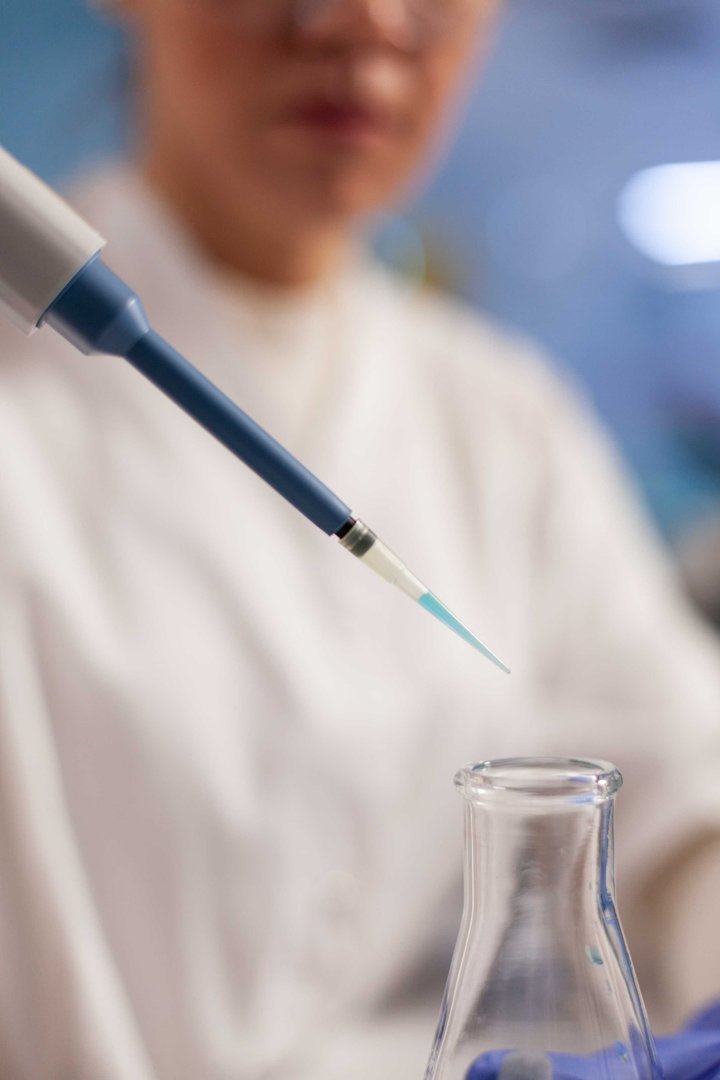
New Advances In Stem Cell Therapy
In spite of the challenges, research is always pushing new frontiers. Researchers are working on the genetic engineering of stem cells to make them more resistant to ischemic heart disease's unfriendly conditions. Experiments are also testing the application of combinations of stem cells with biomaterials like patches or scaffolds that support them and improve survival when they are implanted within the heart. Another hopeful research direction is with the application of exosomes, tiny particles released from stem cells carrying repair cues. These could be less toxic and deliverable than whole cells. Researchers are also testing repeated doses of stem cell injections, rather than a once-only dose, to see if repeated assistance can sustain long-term benefit for the treatment of congestive heart failure.
In clinical trials, some studies include patients with congestive heart disease and ischemic heart disease who were found to have better left ventricular ejection fraction, less scar tissue, and better exercise tolerance following stem cell therapy. These results are hopeful but not yet consistent with all studies. There is research and development done by the best stem cell doctors in India every day to increase the success rate of stem cell therapy and increase its integration with maximum treatments.
Where Is Stem Cell Therapy Today?
So the question that patients typically have is: Is stem cell treatment for heart disease ready to go today? To be honest, it's still largely in the experimental and trial stage. It's not a treated or FDA-approved treatment for heart disease yet. It's offered in some private clinics, but those aren't necessarily regulated, so patients have to be vigilant. Until now, the safest way to access stem cell therapy for cardiovascular disease is by joining certified clinical trials.
These trials are performed all over the world to examine different types of cells, dosages, and delivery methods in diseases like ischemic heart disease, congestive heart disease, and post-myocardial infarction repair. Even though there are promising results in certain regions, doctors recommend keeping up with time-tested therapies for congestive heart failure, such as medicines, surgery, and lifestyle modification, and keeping a watch on stem cell therapy developments.
Summary
Cardiac repair stem cell therapy is possibly the most promising field of research in modern cardiovascular health. The basic idea is to use stem cells to replace injured tissue after heart attacks, myocardial infarction, or chronic congestive heart failure. Clinical trials have shown that stem cells can decrease scar tissue, increase left ventricular ejection fraction, and improve heart failure symptoms. Yet, with these beneficial outcomes come monumental hurdles such as cell survival, integration with existing muscle, and patient-to-patient variability of outcomes. New devices such as genetic engineering, biomaterial patches, and exosomes are in development to optimize treatment.
However, stem cell therapy is not an everyday heart disease therapy but an experimental therapy in clinical trials now. For those with heart diseases, especially congestive heart disease and ischemic heart disease, the future hope is stem cell therapy, though conventional treatments for congestive heart failure remain the standard today. The way is still being explored, but the dream of repairing shattered hearts using stem cells becomes real day by day.
References
https://www.health.harvard.edu/heart-health/repairing-the-heart-with-stem-cells
https://stemcellres.biomedcentral.com/articles/10.1186/s13287-020-01648-0
https://www.dvcstem.com/post/stem-cells-reverse-heart-disease
